
The Apple iPhone 15 Plus is a great smartphone with good battery life, but it’s also one that leaves me asking a few too many questions…
| Pros | Cons |
|---|---|
| Good battery life | High price |
| Improved Camera | But there’s still no true telephoto |
| USB-C is more flexible… | … But it’s limited to USB 2 speeds, which are ancient |
Score: 3/5
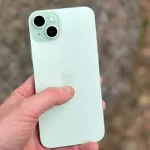 |
Buy The Apple iPhone 15 Plus! | Buy On Amazon |
The iPhone 15 Plus is, to my eye, a slightly weird device.
To get the obvious out of the way; it’s a very fast, very nicely built premium phone that commands premium money. If you just want the basic iPhone 15 but crave better battery life and a larger screen, it’s well worth consideration.
At the same time, it’s weird.
Why weird?
Because it’s essentially an iPhone 14 Pro Max with a few bits of plastic – or in its case, silicon – surgery. An iPhone 14 Pro Max Minus, if you will.
That’s weird. It’s not without merit, but it doesn’t always present as the best value for its asking price as a result.
Design
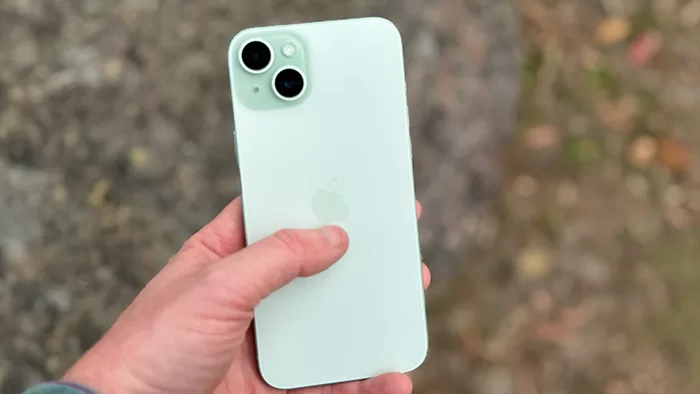
As with the iPhone 14 Plus, the iPhone 15 Plus is essentially the iPhone 15, but a little bigger. That means it shares the same basic light pastel colour hues – Black, Blue, Green, Yellow and Pink – as the iPhone 15, though PRODUCT(RED) is notably absent – at least for now.
This year’s colours are new, and apparently also due to a new colour infusion process, which is technically interesting… but also to my eye just a little dull.
There’s little of the pop of colours that some prior years have offered, and maybe that’s a modern style call, but it didn’t thrill me that much to speak of. Then again, the iPhone 15 Plus jumped into a case loaned to me by Apple so fast that it didn’t really matter to me too much. Your perspective may naturally vary on this score.
As a Plus phone, the iPhone 15 Plus features a 6.7 inch display, making it feel rather more like one of Apple’s Pro Max lines – and again I’m drawn to the comparison with last year’s iPhone 14 Pro Max, because the experience of using it is broadly similar.
The iPhone 15 Plus has a 6.7 inch 2796×1290 pixel OLED screen and that is the same as the 14 Pro Max and indeed the iPhone 15 Pro Max… with one difference.
Apple doesn’t offer 120Hz refresh rates (“Pro Motion” displays in Apple marketing-speak) for the non-Pro phones, so you’re stuck in pure 60Hz land. Not that this is hugely unpleasant, but this is still a phone that Apple wants at the very least $1649 of your money for. You might think that might buy you a faster screen – but you would be wrong.
Apple hasn’t made huge changes to its regular iPhone line for some years now, so picking up the iPhone 15 Plus immediately felt quite familiar. There’s no sign of the Action Button that I enjoyed so much with the iPhone 15 Pro, because the regular line iPhones this year still rock the old school mute switch.
In my case – and, I suspect many others – the Mute switch goes into the off position when it comes out of the box and that’s where it stays for much of its life.
I can’t say that I know exactly why Apple didn’t opt for the Action Button across the iPhone 15 line, but my inner cynic does suspect it’s to do with differentiating the Pro phones from their regular counterparts, rather than an inherent hardware difference that made it impossible.
Also read:
Apple iPhone 15 Pro review
That’s accentuated by the fact that last year’s Pro-specific design feature, the “Dynamic Island” that reshapes the screen around the FaceID camera is now on all iPhone 15 models. Dynamic Island is quite useful, albeit not quite as funky as the Action Button shortcuts menu is.
Also read:
iPhone 14 Plus Review (Finder)
The other fundamental design change for the iPhone 15 Plus (and regular iPhone 15) is that the Lightning connector is no more, replaced with USB-C.
Apple took its sweet time getting there… OK, let’s be clear here, it was forced there and I do think that is a generally good thing… but then I’ll get to the specifics of USB-C on the iPhone 15 a little later on.
Camera
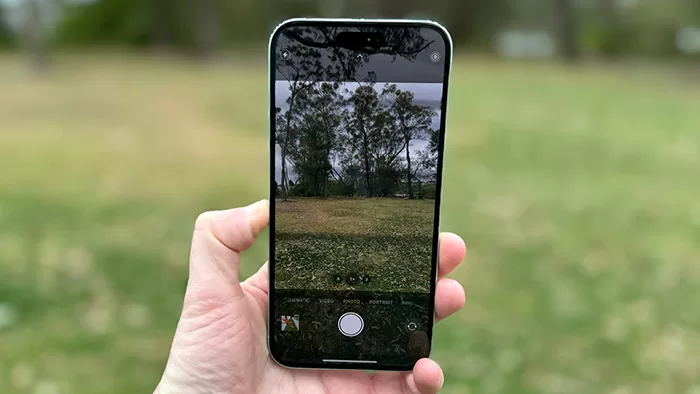
The iPhone 15 Plus shares the same camera lineup as the iPhone 15, with dual rear lenses comprising a 48MP f/1.6 sensor and 12MP Ultra Wide f/2.4, while at the front you’ll find Apple’s familiar 12MP “TrueDepth” FaceID camera.
Apple’s spec sheet for the iPhone 15 Plus claims a third rear sensor, namely a 2x telephoto lens, but your eyes are not deceiving you. There are only two lenses on the back, and it’s not some fancy pop-up or slide-out design either.
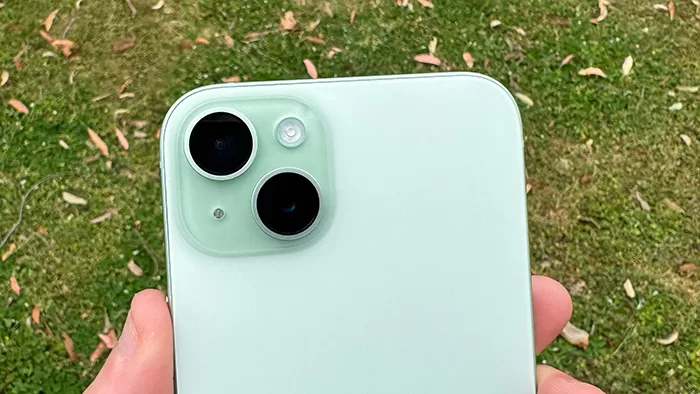
There is no hidden lens here.
That 2x telephoto is the same 2x telephoto on the iPhone 15 Pro, namely a specific crop of the primary 48MP sensor to achieve the same effect. It’s not true optical zoom, in other words.
So how well does that work? To put it to the test while waiting in a hotel lobby last week, I took a few sample shots of the bar when nobody was looking.
Here’s the bar in ultra wide glory:

Here’s what the primary 48MP lens makes of it:

And here’s the 2x (48MP crop) shot of the same location:

If you want to push the cropping, the iPhone 15 Plus will dial it up to 15x, though you do see an obvious drop in quality as a result:

The lack of true telephoto does continue to frustrate me, largely because of the absolute premium that Apple puts onto its iPhone models. Bear in mind that if you opted for the iPhone 15 Pro, you’d get actual telephoto.
Yes, it would cost you $200 more, but you’d get a slew of other added benefits too – and you’re already talking about spending $1649 at the very least for a smartphone here, so we’re already in high price territory to begin with!
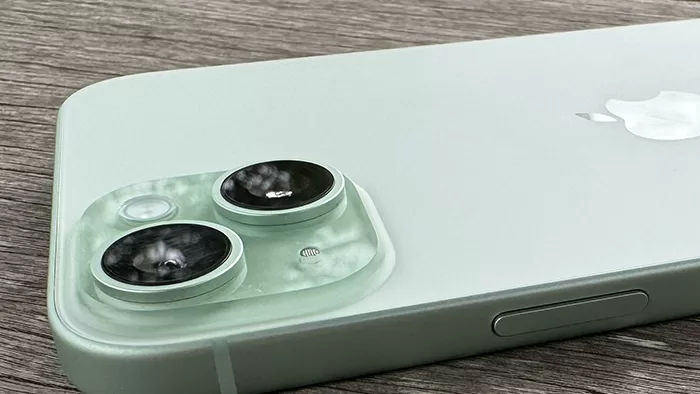
That grumble aside, the iPhone 15 Plus shoots quite well as you might expect fifteen generations into smartphone evolution. Low light performance was good, though the iPhone 15 Pro was just that touch better in the same circumstances.
Like the Pro models, it’s also got the capability to capture portrait mode shots without explicitly switching to that mode if it detects a person, dog or cat in shot. Like the Pro models, whether or not it picks up on this, in my testing, is more than a little bit variable. The practical upshot here is that you are still safer switching to portrait mode if that’s what you want.
iPhone 15 Plus Sample Photos

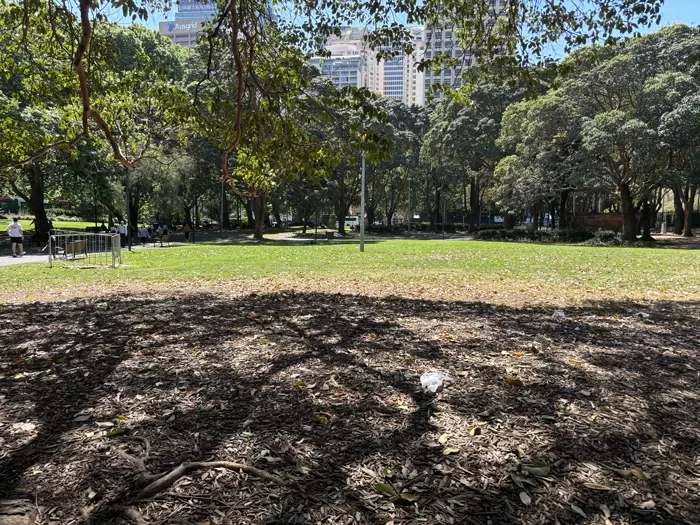








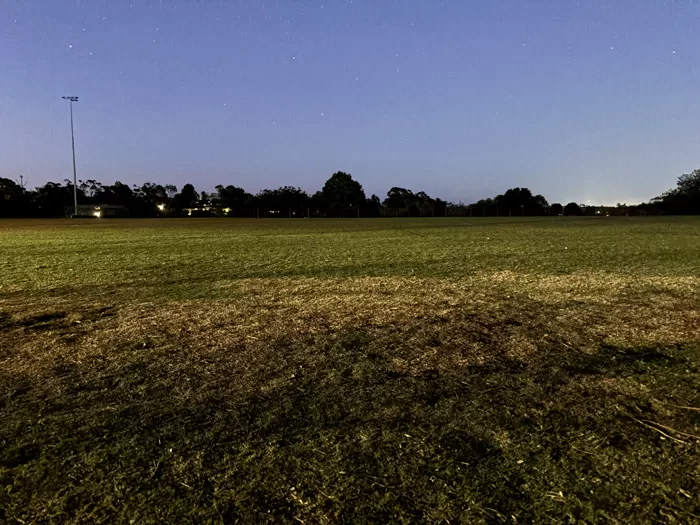
Performance

Where the iPhone 15 Pro and iPhone 15 Pro Max feature all-new A17 Pro processors, the iPhone 15 Plus has the A16 Bionic found in last year’s iPhone 14 Pro and Pro Max phones under its hood, along with 128GB, 256GB or 512GB of storage.
Apple’s own silicon has long had an edge over its Android rivals, but not shockingly this leads to a phone that benchmarks nearly identically to last year’s iPhones. Here’s how it compares using Geekbench 6’s CPU test:
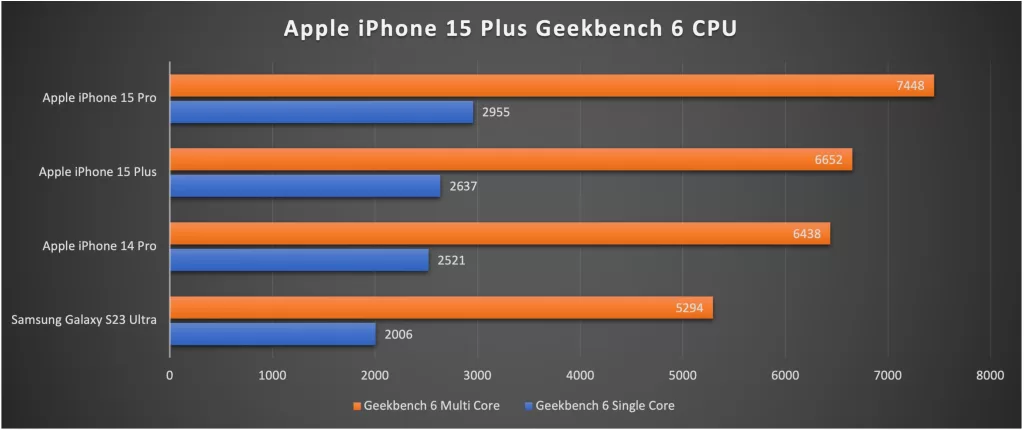
That’s more than enough power for just about any user for current apps… with a couple of catches. Certainly, if you’re coming from an iPhone 12 or earlier it’ll seem lightning fast, though predictably the case to upgrade if you have an iPhone 13 or iPhone 14 – both of which Apple still sells – is far less compelling.
For some time now my general observation has been that smartphone apps haven’t been pushing these high end processors much, making their extra speed a little moot. Somebody at Apple must have been listening, because part of the pitch at the iPhone 15’s launch event was a range of console quality games – titles like Assassin’s Creed Mirage and Resident Evil Village – coming to iPhone.
But not every iPhone.

Only the A17 Pro models, leaving the iPhone 15 Plus and its A16 Bionic rather behind at this point. You may not care about those particular games, but it’s the first time I can recall where a specific app not programmed by Apple has been a Pro-only affair. Again, it makes me ponder the true value here, because in the longer term it might be far wiser to opt for the pricier model.
The iPhone 15 Plus is 5G capable, and during my test period I was hitting my typical peaks – usually around 300Mbps down in my area – with it. It’s also only sub-6Ghz capable, because Apple only seems interested in mmWave if you’re in the USA, mostly. That sighing noise you can hear is me, because it’s annoying that we don’t have any mmWave phone options outside Pixels here in Australia, though I guess the flipside here is that the iPhone 15 Plus does still have a proper SIM card slot here in Australia. In the USA, as it was with the iPhone 14 line, it’s eSIM only.

Then there’s the matter of USB-C. USB-C opens up a range of additional peripherals that may work with the iPhone 15 Plus. The key word there is “may”, because just as it did with the first USB-C iPad Pro models, Apple’s very much staying mum about which peripherals will or won’t work at all.
It’s also more complex for the iPhone 15 Plus, because while from the outside it might appear to have the same USB-C port as the iPhone 15 Pro/Max models, that’s not the case.
The iPhone 15 Plus’ USB-C port supports USB 2 speeds of 480Mbps, which sounds fast, until you learn that the USB 3 port on the iPhone 15 Pro/Max models supports up to 10GBps – or more than 20 times faster.
That’s almost certainly a limitation of using much of the same silicon as last year’s iPhone 14 Pro Max phone, leaving it with a 15 year old standard that’s no faster than the Lightning port it replaces. Again, this tilts my value radar towards the iPhone 15 Pro/Max phones, rather than towards the iPhone 15 Plus.
Battery
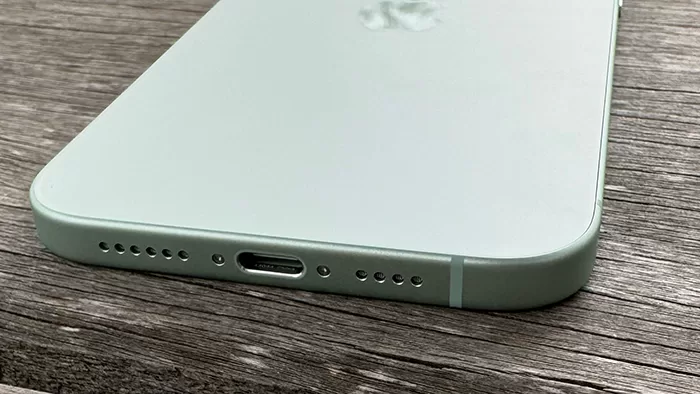
A bigger phone typically means bigger batteries, and that’s undeniably true for the iPhone 15 Plus. Apple never talks about actual battery sizes, instead stating that the iPhone 15 Plus is good for up to 26 hours of local video playback, up to 20 hours of video streaming and up to 100 hours of audio playback.
Anyone buying an iPhone 15 Plus simply to use it as an iPod is insane in my view, and I really don’t know why Apple keeps using that particular very old school metric.
To put the iPhone 15 Plus through more comparative paces, I put it through my standard YouTube streaming test, running a 1080p video for an hour at maximum brightness and moderate volume from a fully charged phone.
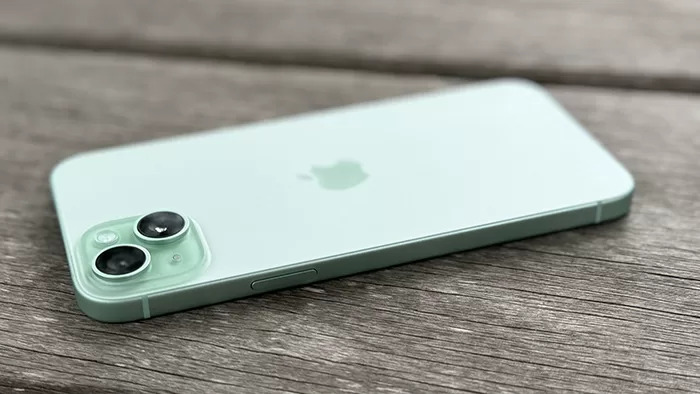
What I’m after here is at least 90% battery remaining; falling below that level – as, for example, the iPhone 13 Mini very much did – is a sign of a phone that will probably struggle to last a day’s reasonable use.
Here’s how the iPhone 15 Plus compares:

While I don’t for the moment have a regular iPhone 15 to compare it to, it did score well ahead of the smaller iPhone 15 Pro in this test, while still falling short of the really solid figures I was getting out of iPhones with this exact same test just one generation prior.
In more anecdotal testing over a week, I had to push the iPhone 15 Plus fairly hard to get it to run out of power within a single working day.
When it comes time to recharge, that’s via wired USB-C at up to 20W, or a maximum of 15W via a certified MagSafe charger, dropping to just 7.5W with regular Qi wireless chargers.
Apple iPhone 15 Plus: Alex’s Verdict

As I noted in the introduction, the iPhone 15 Plus is a weird phone.
It’s very powerful for most consumer needs, the battery life is a definite plus and the introduction of the Dynamic Island feature across the line is very welcome, as is USB-C compatibility for charging.
At the same time, that USB-C is seriously limited in data speeds and device compatibility as a result. It’s a premium phone at a price where plenty of competitors offer proper telephoto lenses. You’re already spending serious money, and it’s not a massive gulf at those prices to jump up to an iPhone with proper telephoto, faster USB-C, faster processor and an action button.
So, it’s weird.
It is a genuinely good phone, but it’s not quite one I can recommend wholeheartedly, because its compromises within its price bracket are a little awkward to bear.
Which is weird.
Apple iPhone 15 Plus: Pricing and availability
The iPhone 15 Plus retails in Australia from $1649 outright.
 |
Buy The Apple iPhone 15 Plus! | Buy On Amazon |





